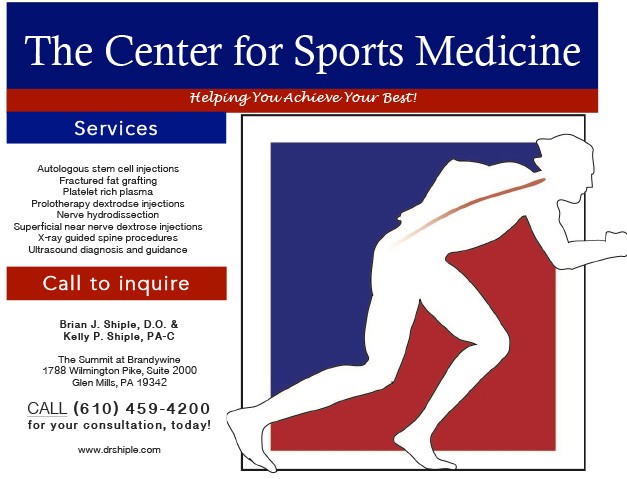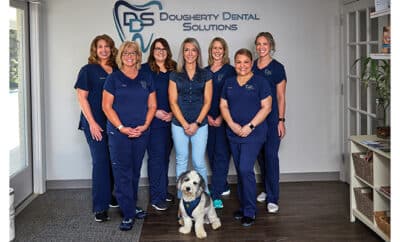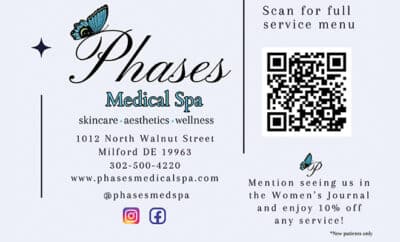What Do Placental Tissues Have To Do With Stem Cells?

By Dr. Brian Shiple
To recap our ongoing discussion about the use of stem cells in the regenerative medicine world, both adult autologous bone marrow concentrate and subcutaneous adipose fat grafts are important tissues used to help heal various musculoskeletal conditions and aid in the prevention or prolongation of surgery. Here we will review the third and final stem cell source that is commonly being used: the placental derived tissue product.
The amniotic membrane is a part of the human placenta that protects and provides oxygen, nutrients, and fluid while removing waste products for the fetus throughout pregnancy. After women give birth via caesarian section they are given the option to donate the placenta and are screened to ensure that they are informed, live a healthy lifestyle, and are free of any infectious diseases. These tissues then go through a rigorous disease transmission screening process approved by the FDA to ensure they are safe to prepare for human use by injection or surgical implantation. Placental tissue is immunologically privileged meaning it does not initiate a response from the host’s immune system. No graft versus host reactions have been reported over the years that placental tissues have been used indicating there is no risk of rejection by the body. Amniotic membrane grafts (AMGs) are dehydrated and irradiated with gamma radiation to make sure all cells are destroyed, but proteins, growth factors, cytokines and collagen survive the process. Amniotic fluid and umbilical cord tissue or blood (UCB) are screened for disease and cryopreserved using liquid nitrogen to store and transport. They come with a laboratory analysis showing a live and dead cell count prior to freezing. The amount of cells that survive the freeze/thaw process and remain biologically healthy enough to function as a stem cell is of question in the industry.
Amniotic membrane grafts have been used for years in the ophthalmology and wound care fields of medicine. While placental grafts have their place in the regenerative medicine field, they are commonly being misrepresented in our community at public seminars as a stronger treatment than bone marrow concentrate and/or adipose fat derived stem cell treatments. The controversy exists because these tissues are made up of live cells when they are harvested from the human placenta. However, after processing and cryopreservation most of the important cells do not survive. By the time the product is in the hands of the doctor to start treatment no one has been able to prove that these products contain intact, healthy cells capable of healing. This has been tested by at least two independent stem cell labs in the United States who have proven that the mesenchymal stem cells (MSCs) in these placental products do not grow out in culture after they are cryopreserved and thawed before clinical use. What our community needs to understand is that these products are not a viable stem cell source, especially in comparison to ones own tissue. AMGs are not a miracle drug capable of curing arthritis with one injection. What these products contain are valuable growth factors, cytokines, collagen, and proteins capable of inducing a potent healing response similar to a platelet rich plasma (PRP) treatment with less inflammation, scarring, and recovery time. In UCBs, certain cell types do survive the cryopreservation process, namely the hematopoetic stem cell (HSC). The main difference in bone marrow stem cells or fat graft derived cell preparations is that they are harvested and injected into the area of concern the same day so the MSCs are still viable when injected.
While there are benefits of using placental products, we do not know if they are better than a bone marrow or fat derived stem cell treatment or even a PRP at this time as there are no comparison studies to determine whether one treatment is better, lasts longer, or has less side effects compared to the other. Studies on the musculoskeletal system show at least a similar outcome compared to PRP. In my practice there seems to be a healing effect similar to PRP with less post-treatment inflammation resulting in an easier recovery. However, the quantity we get is much smaller than a PRP treatment for a similar cost. I reserve them for smaller injuries. Combining PRP with an AMG to help facilitate healing has proven to be beneficial and can reduce the amount of treatments needed to heal the affected structure. Cord blood products have a very potent effect on stem cell cultures in the lab causing a fat stem cell product to grow much more vigorously than a fat stem cell culture by itself. By themselves cord blood and Wharton’s jelly contain live stem cells that may be helpful for musculoskeletal problems. I would recommend a UCB or Wharton’s jelly product if patients were medically unable to use their own stem cells. In the future, bypassing the cryopreservation process and delivering placental products directly to doctors for same day treatment on patients would ensure a viable stem cell count that would be optimal for use in treating musculoskeletal problems. Mixing these young stem cells with adult stem cells to augment the healing capabilities of both could be advantageous, as well. Stand by, for the future of stem cell treatments is rapidly changing.
Credentials:
Dr. Brian Shiple is a highly accomplished sports medicine board certified physician. Dr. Shiple is one of the leading interventional regenerative medicine physicians on the east coast and uses platelet rich plasma and adult stem cells for the healing of musculoskeletal conditions. He has been practicing age management wellness and aesthetic medicine for over 8 years. He has been in practice for 23 years and is a highly sought after speaker, educator, and author.





